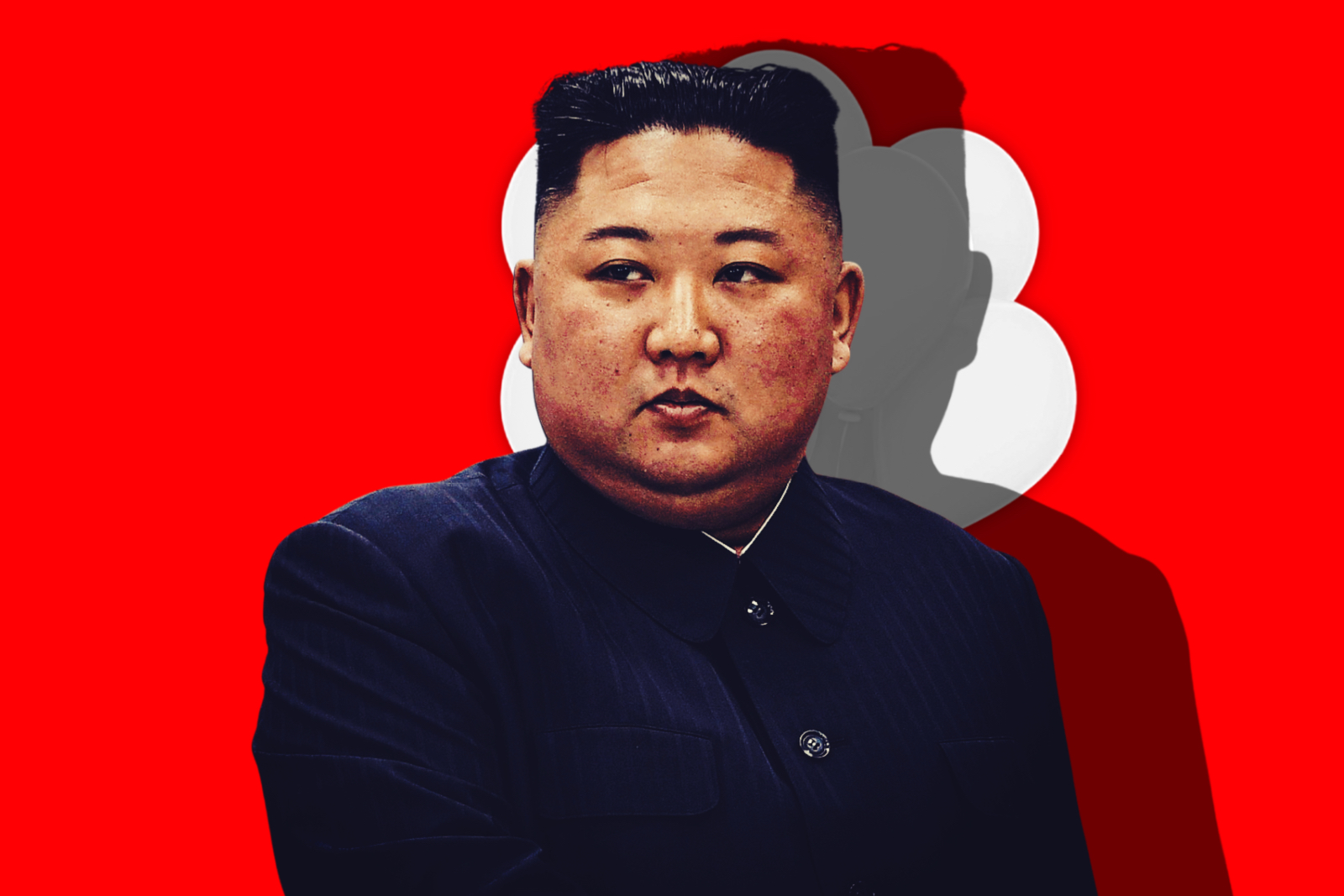
North Korea’s Provocations Portend More Tensions
It would almost be comical if it weren’t so disturbing. North Korea’s sending of trash-laden balloons over the border to South Korea seems childish and more of a prank than a state-sanctioned provocation. But then again, North Korea is known for its unconventional way of managing its domestic and foreign affairs.
Pyongyang started sending balloons “carrying manure, cigarette butts and waste batteries” across the border in May and has said the move was in retaliation for anti-North leaflets flown by South Korean activists as part of a propaganda campaign.
North Korea’s leader, Kim Jong-Un, recently made the decision to proclaim South Korea as his country’s number one enemy, replacing the United States, which has remained in this category since the Korean War.
In response, South Korea announced it would begin to blast music over large loudspeakers into North Korea. The broadcasts include world news and other information that is kept from average North Koreans with a mix of popular K-pop music. The sound is believed to travel more than 12.4 miles into North Korea.
Kim Jong-Un’s influential sister Kim Yo-Jong warned of a new response against South Korea if Seoul persisted with its anti-Pyongyang propaganda broadcasts and scattering leaflets amid simmering tensions.
“If [South Korea] simultaneously carries out the leaflet scattering and loudspeaker broadcasting provocation over the border, it will undoubtedly witness the new counteraction of the DPRK,” Kim Yo-Jong said in a recent statement.
South Korea stopped the broadcasts under an agreement signed by the two Koreas in 2018, but tensions have mounted since then as Pyongyang pushed ahead with weapons development.
Kim Jong-Un is accelerating North Korea’s weapons development by testing advanced missile systems, including solid-fuel hypersonic missiles and a “nuclear trigger” system, which showcases his command over the nation’s nuclear arsenal.
These advancements indicate a serious commitment to enhancing military capabilities and deterrence against perceived threats from the United States and South Korea. His threats to use nuclear weapons are taken seriously, given the continued testing and development of sophisticated weaponry, underscoring the regime’s readiness to leverage its nuclear capabilities as a central strategic tool.
What’s clear is that the escalating tit-for-tat balloon-loudspeaker warfare has sparked concerns of potential retaliatory military action.
If this happens, we can expect to see an escalation in military activity and possible skirmishes on the border. It is doubtful that Kim would take the drastic step of firing missiles at South Korea, but it wouldn’t take much of a perceived provocation for him to make such a decision.
Kim’s unpredictability makes this conflict uniquely complicated. Tensions remain high, and any small action, perceived or real, could trigger a massive response.
It is possible that the U.S. and South Korea can contain the situation by treading carefully, but it will take extreme measures and extra caution to ensure the conflict does not escalate beyond the current tensions.
At the same time, the U.S., together with the European Union and perhaps other partners, must continue to use diplomacy and military-backed threats (perhaps the carrot and stick method) to ensure that Kim understands the severity of escalating tensions and especially the use of nuclear weapons.
North Korea must be prevented from advancing its nuclear program beyond what already exists as it could spell potential disaster for the world if Kim Jong-Un decides to use nuclear weapons.
While today, North Korea is sending trash balloons over the border, tomorrow, it could be a nuclear weapon. The Western world must remain vigilant and maintain pressure on Kim to prevent him from making rash decisions.
